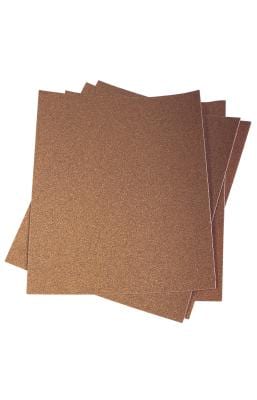
Almost as big a problem as facial hair is finding the right way to remove it. Buffing away hair offers an inexpensive solution. In fact, during World War II, women resorted to using sandpaper to buff hair off of their legs due to the shortage of razor blades. Buffing away facial hair can work in theory and in practice — but you may want to consider that this method can be painful when applied to such a sensitive part of your body.
Facial Hair Causes
A certain amount of body and facial hair is perfectly normal and largely determined by your genes, says MayoClinic.com. Hair growth is separated into two types: there’s the fine, vellus hairs that you barely notice, and there’s terminal hair growth, which is coarse and dark. The presence of noticeable terminal hair growth on your face is known as hirsutism, and it’s a problem facing up to 8 percent of women, according to the American Academy of Family Physicians. Hirsutism, which varies in severity, causes hair to grow on parts of your face where men usually get hair, such as your upper lip and chin. The culprits that cause terminal facial hair growth are hormones called androgens, says MayoClinic.com.
About Buffing
Buffing hair away is a method of depilation, which removes hair where it meets the skin’s surface — just like shaving and using cream depilatories. Buffing essentially relies on friction, according to HairFacts.com, a consumer information website dedicated to hair removal options. Special mitts are available on the consumer market that are designed solely to buff away hair, but you can also use a pumice stone or fine sandpaper. The rough surface is applied to the skin and moved in a rapid, circular pattern until hair is buffed away. If you buff away facial hair, your results could last a few hours or up to a week, depending on how fast your hair grows.
Buffing the Face
Buffing mitts can be purchased at most drugstores and through online retailers. Facial hair buffers are also available, purporting to be a more pleasant solution to waxing, tweezing and chemical depilatories. However, HairFacts.com points out the hazards of using buffing to remove hair: irritated skin. Pressing too hard on the buffer can cause abrasions. Additionally, facial hair buffers cannot be used on skin that’s already irritated, sunburned, peeling or broken or anywhere near your eyes. HairFacts.com specifically advises you to not use buffers on sensitive areas of your body — namely, your face, arms and bikini area. If you have dark facial hair, you might not get the results you expect. Buffing, like shaving or using cream depilatories, doesn’t remove the entire hair follicle; it’s possible that you’ll see a lingering shadow of hair on your face.
Other Options
Tweezing away facial hair take a lot of time — and it’s also painful, says HairFacts.com, best reserved for shaping your eyebrows and removing stray hairs on the face. However, waxing, another form of depilation, is a quicker alternative to buffing and tweezing. This hair removal technique involves applying a thin layer of warm wax to the skin, applying a cloth or paper strip and quickly removing it, taking hair out down to the follicle. Hair grows back considerably more slowly than after buffing, with results lasting between 6 and 8 weeks. Another method suggested by the AAFP is using cream bleach on the offending facial hair to make it blend in with your skin tone. This might not be a desirable option if you have darker skin, however.
Problem Hair
Buffing away facial hair may be an uphill battle if you suffer from severe hirsutism. MayoClinic.dom and the AAFP don’t give buffing a mention as a method of hair removal to try at home. Sometimes facial hair is due to an underlying medical condition, such as polycystic ovary syndrome, which is caused when your hormones get out of balance. Treating the condition can help resolve your problem. More permanent methods of hair removal suggested by MayoClinic.com and the AAFP are laser hair removal and electrolysis. One prescription topical cream, eflornithine, acts as a hair growth inhibitor and is approved by the U.S. Food and Drug Administration for on the face only.






































